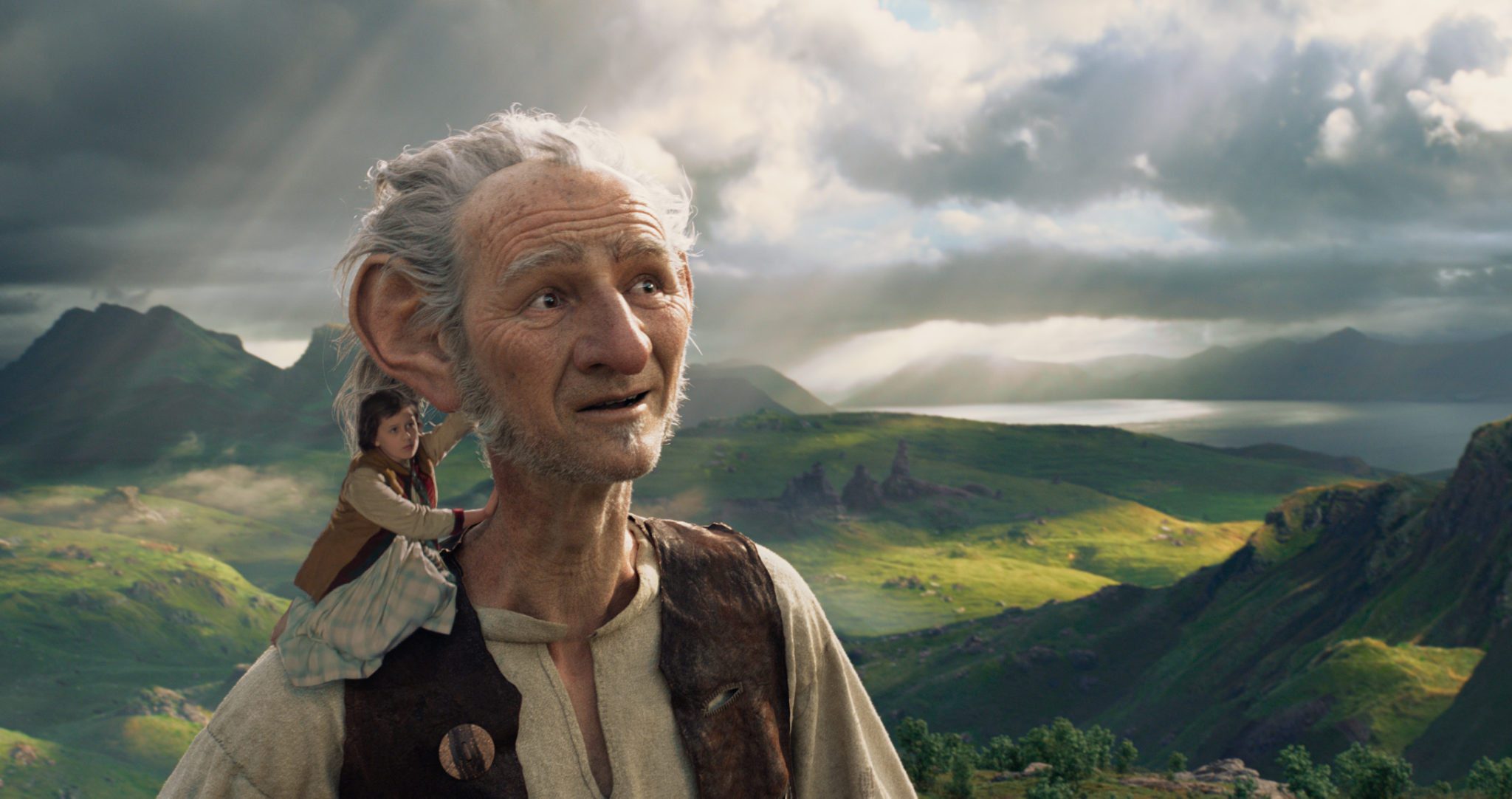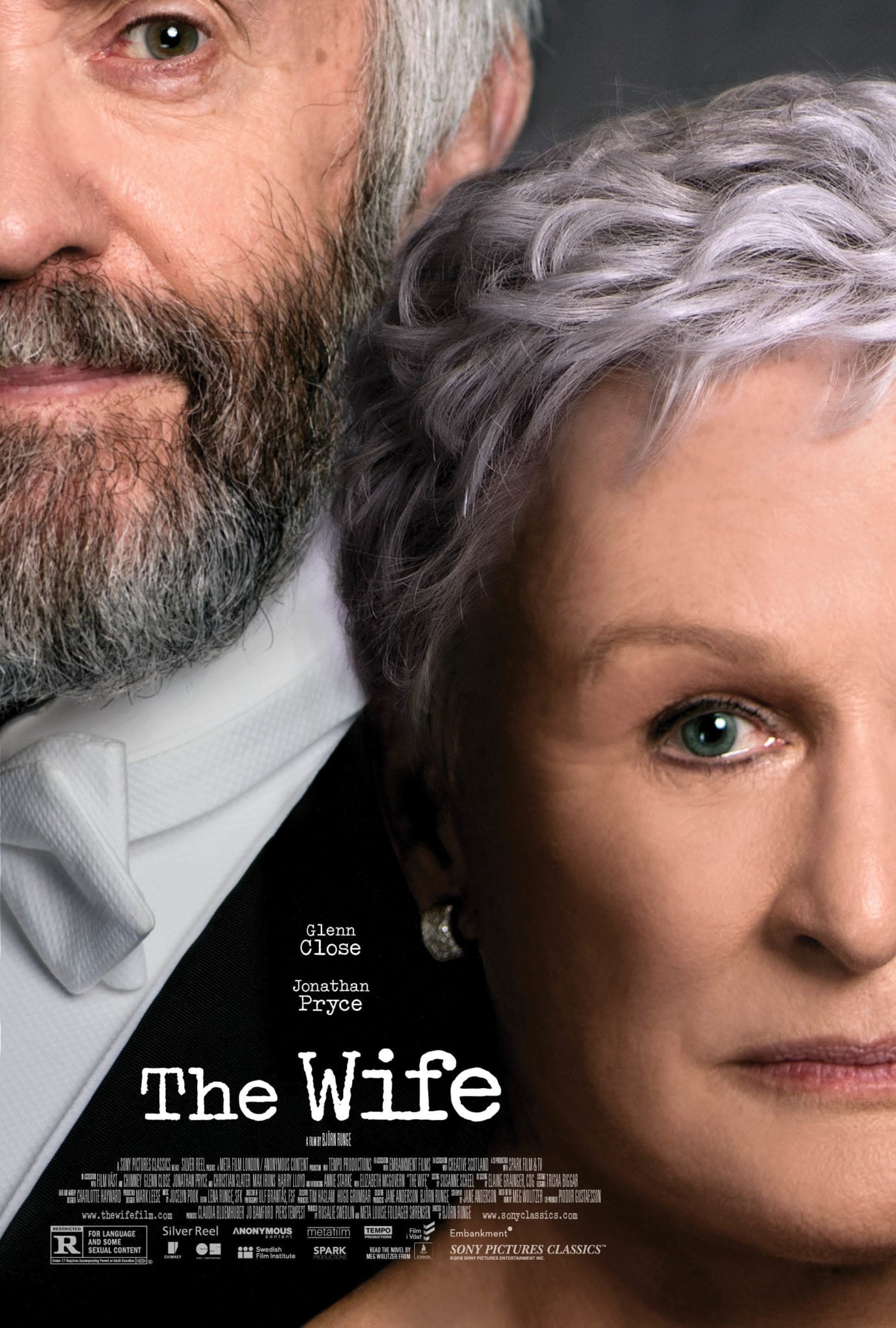
Actor-turned-director Jonah Hill has been through a lot; we all have. Knowing this, Hill set out to make a film about his therapist Philip Stutz after seeing how much he benefitted from his sessions with him. Hill states that he hopes that people could benefit from hearing how he and Stutz do a therapy session together and learn the tools that Stutz gives to his patients to help deal with their various therapeutic challenges. At the beginning of the film Hill says he wanted to make film of one sitting with Stutz or at least make it seem like that too us all. It is in those first thirty minutes of creating this faux therapy session in which Hill discovers this movie will require more personal insight to carry it along. So, he pulls back the curtain and joins Stutz in working through his various therapeutic tools together and reflect on how they?ve helped their lives.
Stutz stands as a unique piece of filmmaking in how much it invites its audience into the process of filmmaking, a great deviation from the typical movies we?re used to seeing from Netflix (Kissing Booth anyone). By the time Hill decides to sit side by side with Stutz around the 27-minute mark, he decides he?ll need to put more of his personal story into the movie. If Hill?s going to go in depth about how Stutz? tools have helped him, he decides he needs to point out the events and times in his life where he?s applied those tools. This decision seemed inevitable with the nature of this documentary being a conversation, it takes two to tango. Hill also decides that to make an effective film about healing and being vulnerable that his filmmaking should be just as exposed. He stops the green screen effect; reveals they?ve been on a set for most of the movie for lighting control and takes off a wig that made us think the conversation we were watching was over an hour and not several months of shooting.
What Stutz and Hill share is special. It becomes clear in the first few minutes of them cracking jokes and throwing out profanities at each other that they have a bond. Hill acknowledges how much Stutz means to him because he?s been there in his toughest moments. It?s why he wanted to make a film about him. Then as the subject of the documentary Stutz goes through his various tools, he starts to reveal to us who he is. He is a man who believes it cutting through the weeds and going towards the heart of the problem. As a young therapist back in his thirties he saw his colleagues say, ?let them have their own process, don?t get too involved?. To Stutz that seemed like BS, he never wanted a patient to leave without something. Hill himself acknowledges how the idea of therapy session can seem backwards, ?your friends who are idiots give you advice, you want your friends to listen and your therapist to give advice?.
Stutz starts with the tool of Life Force, a pyramid which has the relationship with you body, other people and the highest is with yourself. Taking of your body alone Stutz personally attests to helping about 85% of his patients. Exercise is a basic physiological and psychological need, but its so basic people sometimes forget it. This is one example of how Stutz and Hill frame this documentary not only as an exploration of self but as one where you the viewer join in their journey.
It?s a piece of filmmaking where the message is explicitly delivered right to the audience instead of through story. Its certainly helpful to us to hear and participate in these exercises with Stutz but the film really asks how do these exercises help us reflect? Stutz will allow us to participate in the exercises the same one Hill does. The editing and music invite this idea of shared participation. Throughout the rest of the film Hill and Stutz use personal storytelling and processing to help us frame these ideas. Hill and Stutz do restrain how personal they get during this feature likely because some of the things they would talk about off camera too personal and affect their public image or involve mentioning someone who wouldn?t want to be in the film. We do miss the chance to see two men become empathetically vulnerable, but I think it would take away some of the purpose of what they were trying to create together. While it seemed necessary for them to get into personal anecdotes and struggles to bring us into this cinematic therapy session going too deep would take away from how these tools can inspire us. Hill and Stutz leave room for us to take those tools and to imagine how we might apply it to our own lives and to what we want to accomplish.
The film itself is very well made and Hill?s direction allows the film?s conversation to shine. There were some moments where it felt like they should have more footage to fit the topics of discussion but what they had, they used effectively. The film clearly uses a lot of editing to put together these conversations, a fact Hill reveals about a third of the way into the film. Editors Nick Houy and Nicholas Ramirez do a great job at pacing the film to ensure the message of both Stutz?s tools and his conversation with Hill are highlighted in entertaining segments. The black and white cinematography aids audience focus on the words being spoken. The photography is certainly professional but the real strength lies in the dialogue between Hill and Stuz so you could just listen to this documentary. Where the visuals are helpful are the drawings and diagrams Stutz would make to illustrate his tools. Hill has animators recreate Stutz?s scrawny handwriting as the titles and illustrated animations used throughout the film. The music also helps us to just focus on the words being spoken and in times where Stutz leads us through his tools the sounds to fall into a calm and serene mindset. The original music while minimal was done by Emile Mosseri who was Oscar nominated for Minari. His work here continues to impress me and Mosseri is a composer to keep your eye on.
This film will probably give you what you put into it. Without the recognizable story and face of Jonah Hill, this story would probably never be made. While Stutz himself is no doubt an interesting figure, the nature of his work means the power of his ideas rely solely on what is done by those who receive it. The film is faultless at doing what it wants by giving you space to relate to Hill and Stutz in an impersonal intimacy and really tries to allow you to reflect on your own mental well-being, as is the point of therapy.
Personally, how Hill?s process to make this film was what I connected to the most. I?m currently in the middle of trying to edit and record interviews with my classmates from a one-year bible college program called Kaleo. To describe it simply, I feel it will be the closest that I get to heaven on earth. Spending a year in a community of like-minded young adults who became my friends and shared my faith was truly special. There were a lot of personal stories shared and traumas that we exposed to each other because of the special nature of this year. A lot of the conversation we had became an unintentional form of therapy for us. So, I wanted to make this movie to talk with them about the year to try and retread these amazing revelations and moments of growth we experienced in these conversations. To do that I need them to be extremely vulnerable. They might only be comfortable doing that if I?m vulnerable with them and I think I can be, but the film isn?t supposed to be about me.
?In Stutz, Hill and Stutz don?t reveal everything about themselves because the nature of their film is that a lot of people would learn about the very personal parts of their lives, they don?t want people to get involved in. How much of ourselves are we willing to put into a movie? This is the question I felt the film primarily grappled with. Hill and Stutz find a health middle by aiming to provide these ideas to the audience instead of diving into the complexities of their personal stories, but I wonder what was left to lie under the surface. Could a film like this become personal enough to create an audience empathetic enough to feel all the emotions they would feel. To achieve this would be extremely powerful and I wonder if it can be done. Many storytellers become vulnerable by hiding their personal trauma into genre films or dramatic films set in worlds away from their own. For an actor-director like Hill, I imagine he?ll wait to put his story into a feature narrative where he can feel safe behind the camera.




